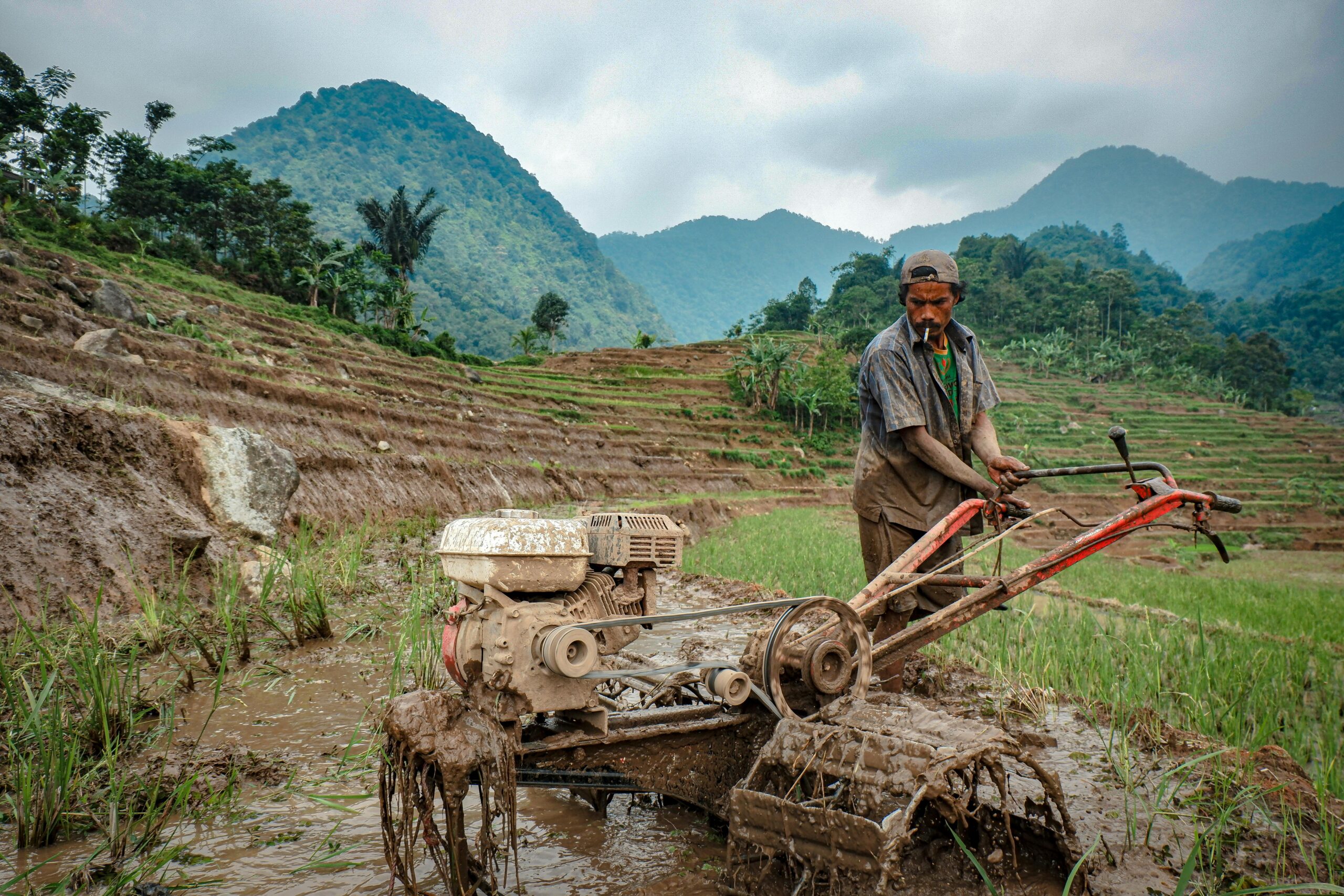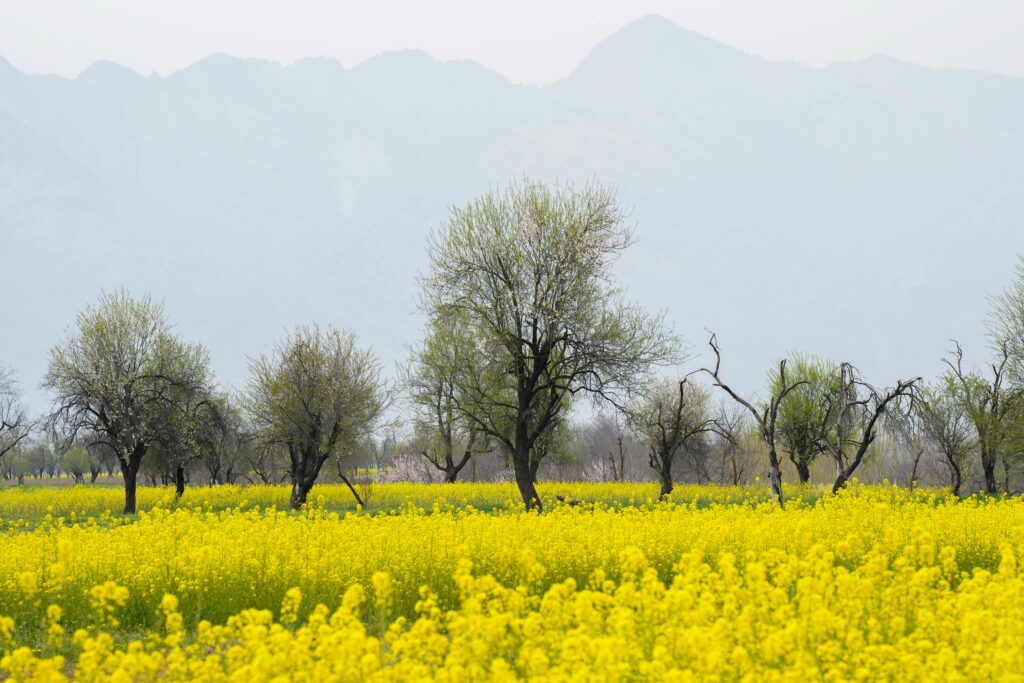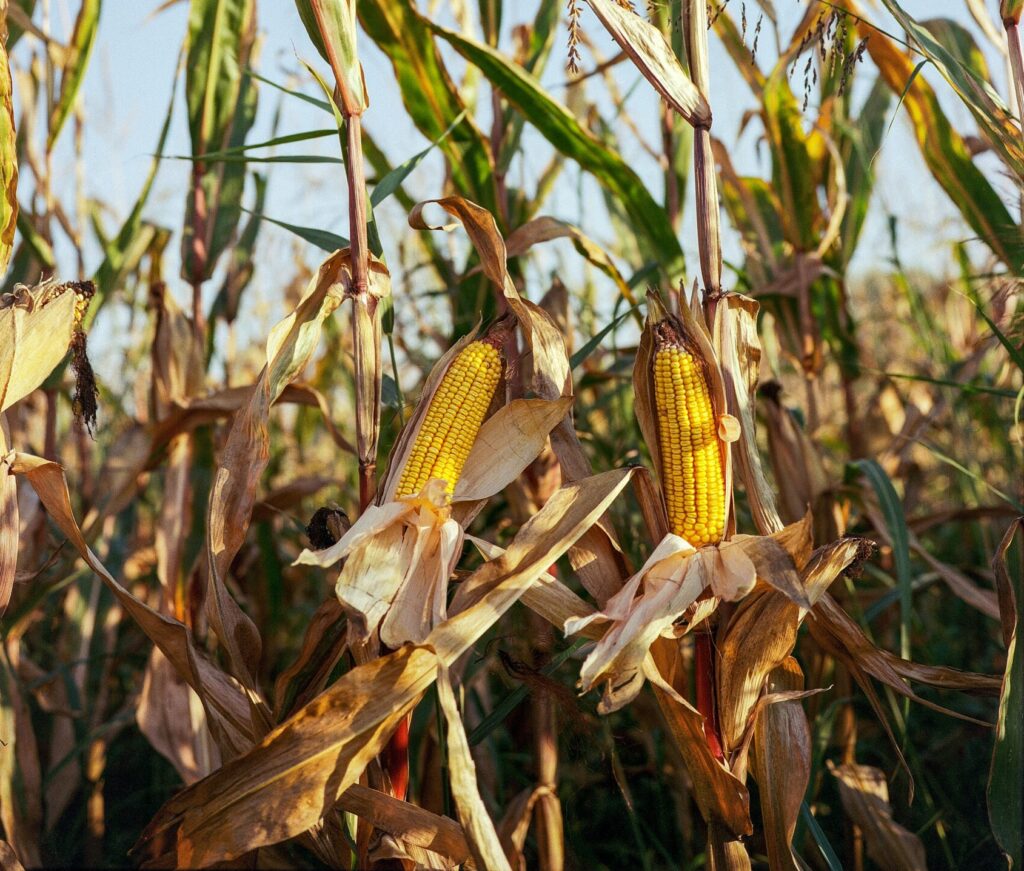Proper land preparation is a crucial step in rice farming. It sets the groundwork for healthy crop establishment, effective water management, and high yields. Here’s a comprehensive guide on how to prepare land for rice cultivation.
Field Selection and Soil Preparation
Rice grows best in clayey or loamy soils that can retain water. However, soil quality and leveling are equally essential:
- Soil Type: Select fields with fertile soil that can hold moisture effectively. Ideal soils for rice cultivation include clayey or loamy soil types, which help retain water for longer periods.
- Leveling: Leveling the field is crucial for effective water distribution and prevents water logging or dry spots. Using laser leveling can ensure that water reaches all areas of the field, promoting uniform plant growth.
Soil Testing and Fertilization
- Soil Testing: Conduct soil tests to determine the nutrient status and pH level of the soil. Rice grows best in slightly acidic to neutral soils, with a pH range of 5.5 to 7. Based on the test results, appropriate fertilizers can be applied to ensure balanced nutrition.
- Fertilizer Application: Incorporate organic or inorganic fertilizers as per soil requirements. Nitrogen, phosphorus, and potassium are particularly essential for rice growth, and balanced levels can enhance productivity and plant health.
- Green Manure: Growing green manure crops like legumes before planting rice enriches the soil with organic matter, improves soil texture, and increases fertility, providing an excellent start for rice crops.
Plowing and Tilling the Field
- Primary Tillage: Begin with primary tilling to break down large clumps and loosen the soil. Plowing also helps incorporate crop residues and organic matter into the soil.
- Secondary Tillage: This involves further soil refinement and smoothening. Using harrows or rotavators helps prepare a fine seedbed for planting rice and reduces weeds in the field.
Water Management and Irrigation Setup
- Flooding: Once the field is tilled, flooding the field helps create ideal conditions for rice seedlings. This method keeps weeds at bay, stabilizes the soil, and promotes the establishment of rice roots.
- Drainage Channels: Good water management is essential in rice farming. Set up drainage channels around the field to prevent waterlogging and nutrient loss. These channels allow farmers to control water levels efficiently, which is especially helpful during heavy rains.
Final Smoothing and Puddling
- Land Smoothing: Ensure a final, thorough leveling of the field for efficient water use. This step helps maintain consistent planting depth, which promotes uniform crop growth and optimizes water management.
- Puddling (for Wetland Rice): Puddling is a wet preparation method used in some traditional rice fields. It involves saturating the field with water and using a puddler to mix the soil and water, creating a thick, muddy layer. This technique improves weed control and minimizes water loss, making it ideal for transplanted rice seedlings.
Land preparation in rice cultivation goes beyond simply tilling the soil. From selecting the right field and ensuring soil fertility to managing water effectively, each step plays a vital role in establishing healthy rice crops. By following these steps, farmers can optimize their fields for maximum productivity, setting the stage for a bountiful harvest
















